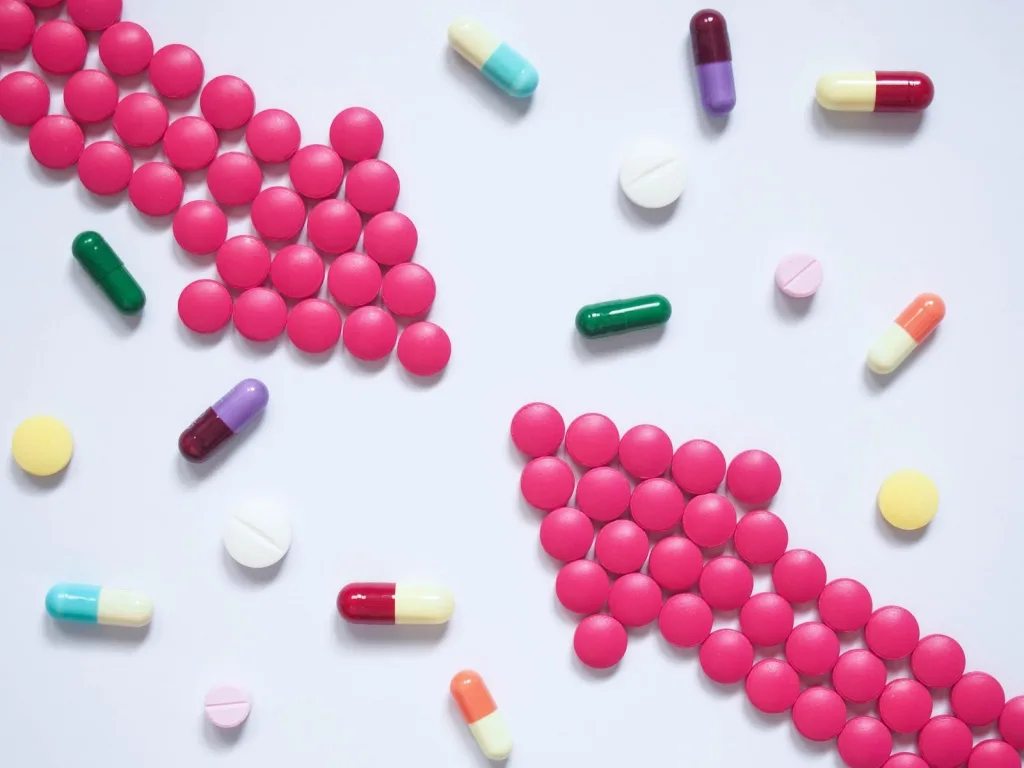Danielle Nicolle Dionisio Mejia, MD, DPDS
Martha Joy Bruan-Tapales, RPh, MD, FPDS
The science of prescribing medication is second nature to physicians. The therapeutic relationship between a patient and a doctor is founded in mutual trust that the patient will follow the regimen prescribed by the doctor. However, in therapeutics, there are unintended events that may occur anytime during treatment.
The World Health Organization (WHO) defines adverse drug reaction (ADR) or effect as an individual’s response to a drug which is noxious or unintended occurring at doses normally used in man for the prophylaxis, diagnosis, or therapy of disease, or for modifications of physiological function. In addition, the US FDA describes it as an undesirable effect associated with the use of a drug that may or may not be related to its intended pharmacological action. In short, ADR is harm caused by the drug at normal dose during normal use.
The classification of ADRs can be divided according to the following:
- Onset: acute, subacute, latent
- Types: augmented (A), bizarre (b), chronic (c), delayed (d), end of use or withdrawal (e) and failure (f)
- Severity: mild, moderate, severe
- WHO/UMC causality: certain, probable/likely, possible, unlikely, conditional/unclassified, unassessable/unclassified
- Others: side effect, idiosyncrasies, toxic effect etc
Side effect, a type of ADR that is most commonly discussed with patients, is defined as the unintended and sometimes unavoidable effect occurring at normal dose related to the pharmacological properties. The drug’s side effects are usually listed down by the drug manufacturers for the physicians to know and relay to the patient. Examples of drug side effects would be hair loss and oral ulcers with the use of cancer medication; burning or stinging sensation with the use of topical retinoids or topical calcineurin inhibitors; nausea and vomiting with the intake of doxycycline. Since side effect is a response related to the pharmacological properties of a drug, some would include in the definition effects that are beneficial to the patient even though it is not the main aim of therapy.
Adverse drug reaction or adverse drug effect, therefore, is the umbrella term for all undesirable effects of a medication, whether it is expected or not and to some whether it is good or bad.
The long term safety of a drug can only be determined once it is being widely used by the public. Monitoring adverse drug reactions from medications is important to safeguard the public from these effects. Timely reporting of ADRs is vital and healthcare workers can not do this without the help of the public. Proper health education and efficient communication between the healthcare workers and patients is important to allow prompt monitoring of these unwanted drug related events.
References:
- CFR – Code of Federal Regulations Title21 https://www.accessdata.fda.gov/scripts/cdrh/cfdocs/cfcfr/cfrsearch.cfm?fr=312.32#:~:text=Adverse%20event%20means%20any%20untoward,life%2Dthreatening%20suspected%20adverse%20reaction.
- Adverse Drug Event Monitoring at the Food and Drug Administration
Ahmad S. R. (2003). Adverse drug event monitoring at the Food and Drug Administration. Journal of general internal medicine, 18(1), 57–60. https://doi.org/10.1046/j.1525-1497.2003.20130.x
- FDA circular No. 2020-003 on Guidelines for the pharmaceutical industry on pharmacovigilance
https://www.fda.gov.ph/wp-content/uploads/2020/02/FDA-Circular-No.2020-003.pdf
- Edwards IR, Aronson JK. Adverse drug reactions: definitions, diagnosis, and management. Lancet. 2000 Oct 7;356(9237):1255-9. doi: 10.1016/S0140-6736(00)02799-9. PMID: 11072960.
- Coleman JJ, Pontefract SK. Adverse drug reactions. Clin Med (Lond). 2016 Oct;16(5):481-485. doi: 10.7861/clinmedicine.16-5-481. PMID: 27697815; PMCID: PMC6297296.
- Herndon J. (2019). ‘Adverse Reaction Information in the Prescribing Information.’ [PowerPoint presentation]. Regulatory Education for Industry: CDER Prescription Drug Labeling Conference. https://www.google.com/url?sa=t&source=web&rct=j&url=https://www.fda.gov/media/133940/download&ved=2ahUKEwijko_M397wAhWJzIsBHRqgCk8QFjAAegQIAxAC&usg=AOvVaw2PfjDIrlBrFUDNmcFiLeRZ&cshid=1621737035399
- https://www.google.com/url?sa=t&source=web&rct=j&url=https://www.who.int/medicines/areas/quality_safety/safety_efficacy/trainingcourses/definitions.pdf&ved=2ahUKEwigjcPS4d7wAhURCqYKHaM_DMsQFjALegQIDRAC&usg=AOvVaw1l1fBgT5gv87Pj_fP9FjCF
- Sundaran S, Udayan A, Hareendranath K, Eliyas B, Ganesan B, Hassan A, Subash R, Palakkal V, Salahudeen MS. Study on the Classification, Causality, Preventability and Severity of Adverse Drug Reaction Using Spontaneous Reporting System in Hospitalized Patients. Pharmacy. 2018; 6(4):108. https://doi.org/10.3390/ppharmacy6040108m
- Medical Definition of Side Effects by Dr. Melissa Conrad Stopler
https://www.medicinenet.com/side_effects/definition.htm




